Tracking the elusive otter in Asturias
Signs and tracks are our best indication of the wildlife that lives around us, especially those such as the otter that tend to be active at night and even during the day are a challenge to watch for long periods. The search for evidence of otters during our riverside walks ranges from a distraction to a full-on obsession. Lately, we’ve seen a lot of signs and also heard of several daytime sightings by locals. Optimistic!
Here are a few photos from our tracking over the past few weeks.
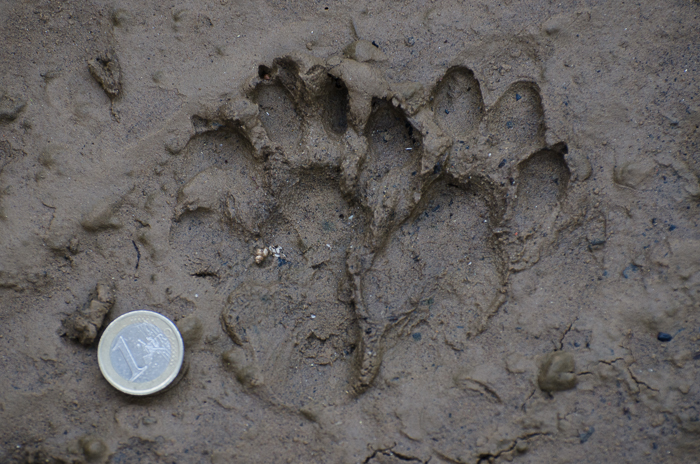
Fresh tracks overnight along the Río Piloña. We monitor this particular area almost daily.
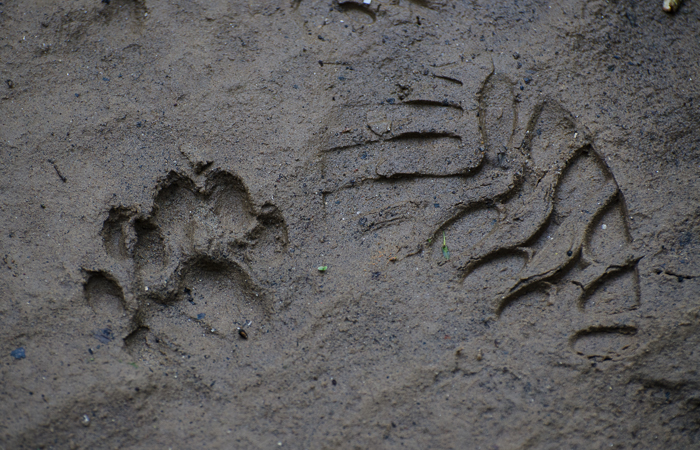
In the same area. We looked again that evening and the otter had visited once more, walking in my footsteps from 8 hours earlier.
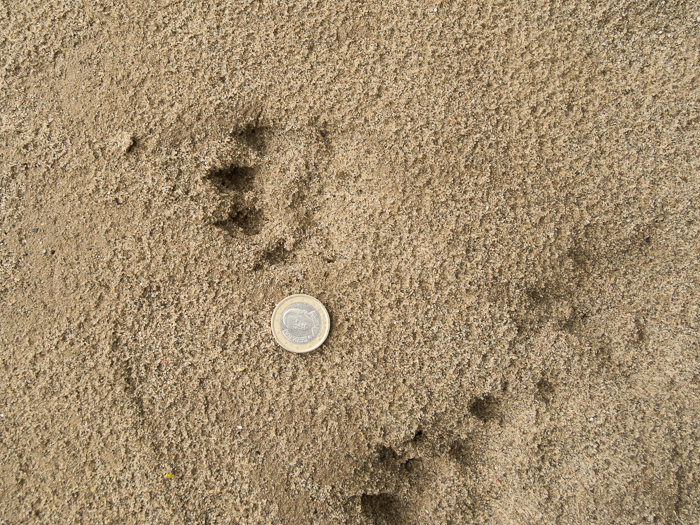
Tracks in the sand leading from the water’s edge to the rock pictured below. Río Sella.

Otter spraint on a rock. Río Sella.
On many occasions we’ve noticed that the otters prefer to ‘spraint’ upon rocks, the height advantage improving the carrying of their scent across the water. They frequently use rocks underneath bridges or other sheltered locations, the protection from weather allowing the scent mark to endure longer. We have tested this theory by creating a pile a rocks underneath bridges, and the otter often oblige.
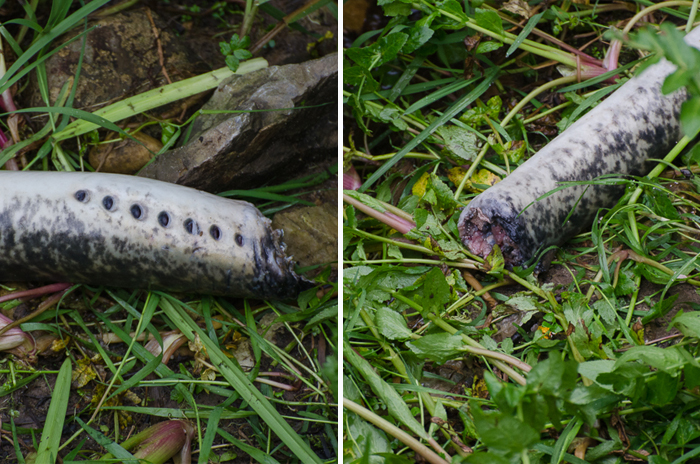
Leftovers from a feast. A lamprey caught by an otter and cached for later (though not very well hidden).
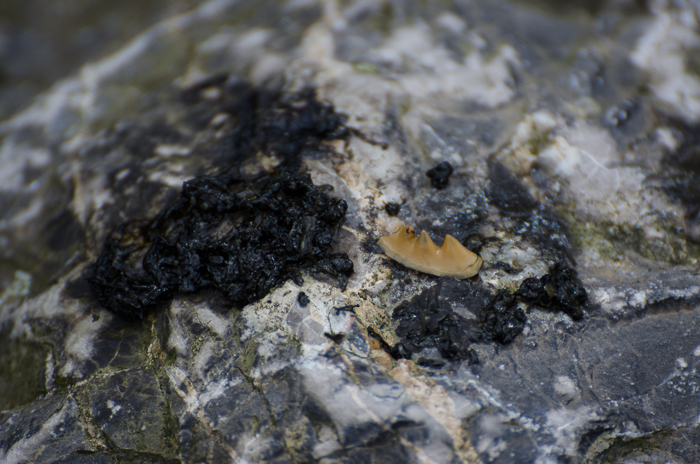
Otter spraint containing remains of salmon teeth. This particular rock is repeatedly used.

The same rock as the picture above but a different day. Belinda picking through a very fresh spraint containing fish bones.
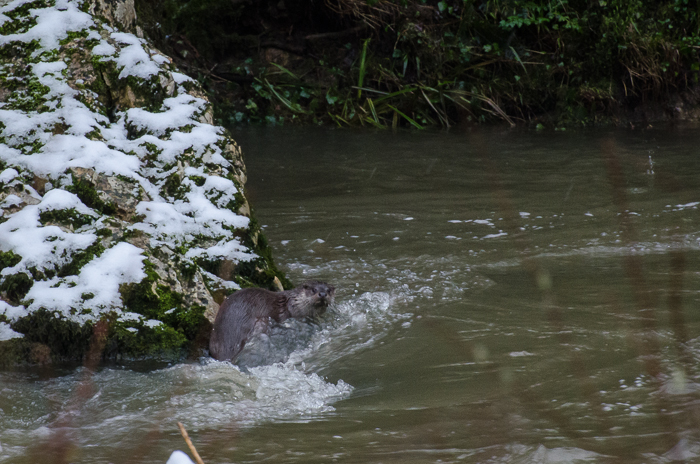
And here it is …. a winter encounter. It was a first, otter and snow.
All Rights Reserved – © John Shackleton

